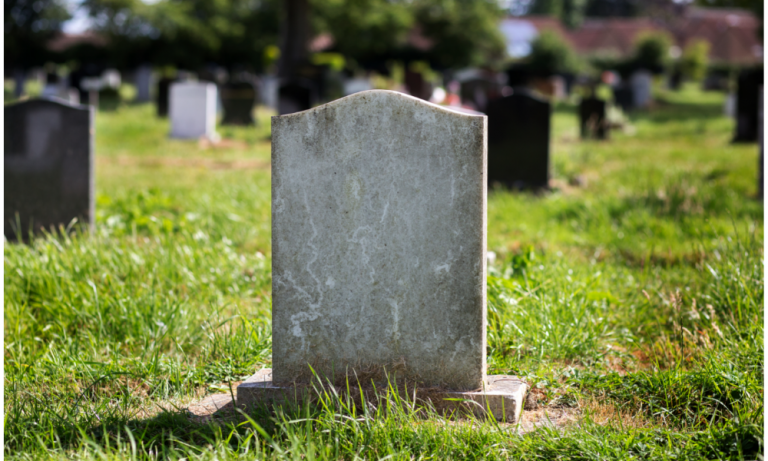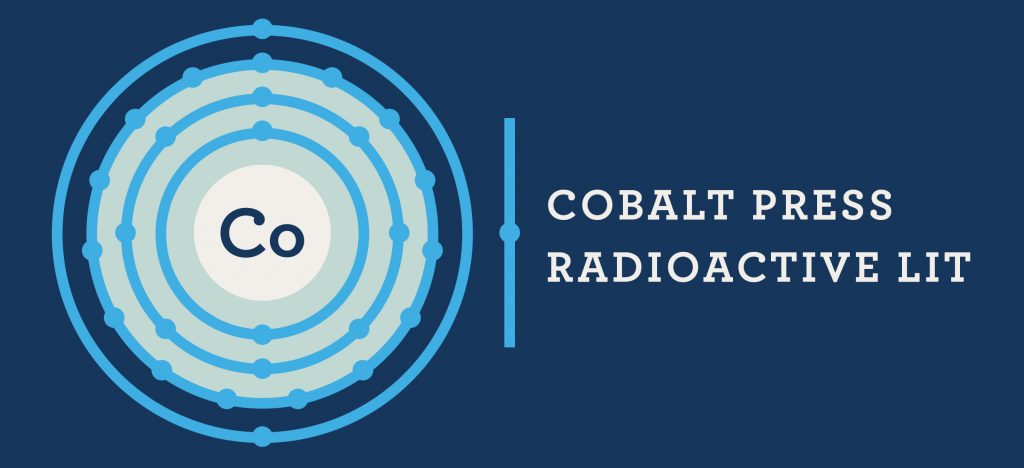SITTING WITH MY BOYS
“Where did you get that tan?”
“In a cemetery.”
The question is commonplace after returning from the tropics; the answer was anything but.
I threw life’s caution to the trade winds and flew to Oahu to conduct research for my current work in progress, an historical epic entitled AIR, of six sailors trapped inside the capsized USS Oklahoma after Pearl Harbor.
I had lived with “my boys” the six characters in my novel, for two years, but I knew I had to visit the real “Okie” sailors and bring to a close their true story for me before I created one of my own.
It was a nerve-racking trip, full of doubts and fears and survivor’s guilt despite being born a quarter century later. The time gap was moot. Those sailors were dead and I, as their mother-figure, was not. My colleagues call me a Method Writer, similar to method acting. It’s ideal for seeking the ultimate truth in a story but less than ideal for an author’s emotional health.
I had eight days to visit twenty-seven sites, one being the National Memorial Cemetery of the Pacific, lovingly nicknamed the Punchbowl, a volcanic crater gravesite atop Honolulu. In my mind, three things had to occur before I departed the island paradise and began, in earnest, to write my book: vent my emotions about that bloody day in December, locate the real sailors of that doomed battleship, and ask their permission to write their tale.
It took three visits to locate the mass graves whose headstones were marked as “Unknowns” as identity of 394 of the 429 dead in 1941 was scientifically impossible. To my surprise, all had been disinterred for DNA testing as part of the USS Oklahoma Remains Preservation Project. I found instead empty graves and patches of new sod where those boys had lain for seventy-five years. Emotions bounced from sorrow to relief. There would be peace for their souls and closure of a kind for their surviving family members.
I stood for a time, scanning the uneven, unmarked ground. The vacancy had me feel abandoned as a Gold Star mother who had lost her boys. I clutched at my arms, feeling chilled despite the tropical heat, ignored my welling tears, and walked away. If I’m brutally honest, heartless greed overtook reason. I wanted to meet my boys. I needed to talk with them. How could they be taken away from me? How could I travel this far and not get what I wanted? And how on earth could I ever continue to write this tale without their approval?
Walking further down the hillside, trying to swallow that I would leave this place without the one thing I needed most, I spotted a grave marker. It stood out as the granite slab looked new. I bent down, brushed away fallen leaves and pine needles and read:
DEAN STANLEY SANDERS
USS OKLAHOMA
CMM US NAVY
PEARL HARBOR WWII
PURPLE HEART
JAN 18 1903 DEC 7 1941
In my excitement, I did a quick scan, and I spied five more new Okie gravestones engraved with the names John Edwin Savidge, Ray Raymond Wright, Kenneth B. Armstrong, George D. Thompson, and Paul S. Raimond. Miraculously, there were six sailors who had been identified and re-interred. Only six. I could not have known this in advance, for these markers were so new no photos were available online. Six identified real Okie sailors lost at Pearl Harbor, matching the six imagined characters who had lived with me for so long.
The tears flowed, my breathing labored, my chest heaved and my heart broke. I sat cross-legged in the middle of these boys, my boys, and I sobbed. Amid the beauty and majesty of this war grave—one I should venture the most beautiful in all the world with its velvet grass and sprawling monkey pod and tamarind trees below a massive white marble cenotaph that reached to the sky with Pacific Theatre campaign murals crafted in a glistening array of colored rock, all still and cloistered within the protective volcanic bowl—I heaved and wailed and gulped air and grabbed fistfuls of grass. I cried for these boys like a mother would cry. I sat raging at a long ago enemy who took them away from me. Time stood still, and I sat as if under a dome, emotionally severed from the present. It was me and my boys and our incredible reunion, at last.
Emotions vomited out of me.
I cried for them all, identified or not.
I cried for the fallen of that war and all others.
And I cried for the hurt we humans exact upon ourselves.
Anger roiled up and boiled over at a world full of power-hungry venom. Guilt and helplessness blanketed me that I was not there to defend these men or fight for their lives. That I did nothing in my unborn state to stem the bloodshed nor stop death’s tide was no excuse.
Through purling tears and a dripping nose, I tried to reason why they were down below the velvet grass and I was sitting on top. I tried to envision their ends. I knew the blow-by-blow to that great dreadnought’s last breath and I well guessed their fate. My nose inhaled the deadly mix of bunker and hydraulic oil, sea water, blood and burnt flesh. I saw body parts languidly floating by. I heard the screams and AA barrage and the enemy planes roaring overhead, and I saw the water geysers smash on deck from each torpedo hit. None of those six died easy.
Mother Nature’s quiet reminder for me to claw out from under the past and regain the present came with the sinking of the tropic sun, its angle casting shadows along the age-old arbors and onto me. It was the day’s dying light, and I fought to stand and leave this place I now called home.
My boys gave their go-ahead. And so I have, and so I shall.

